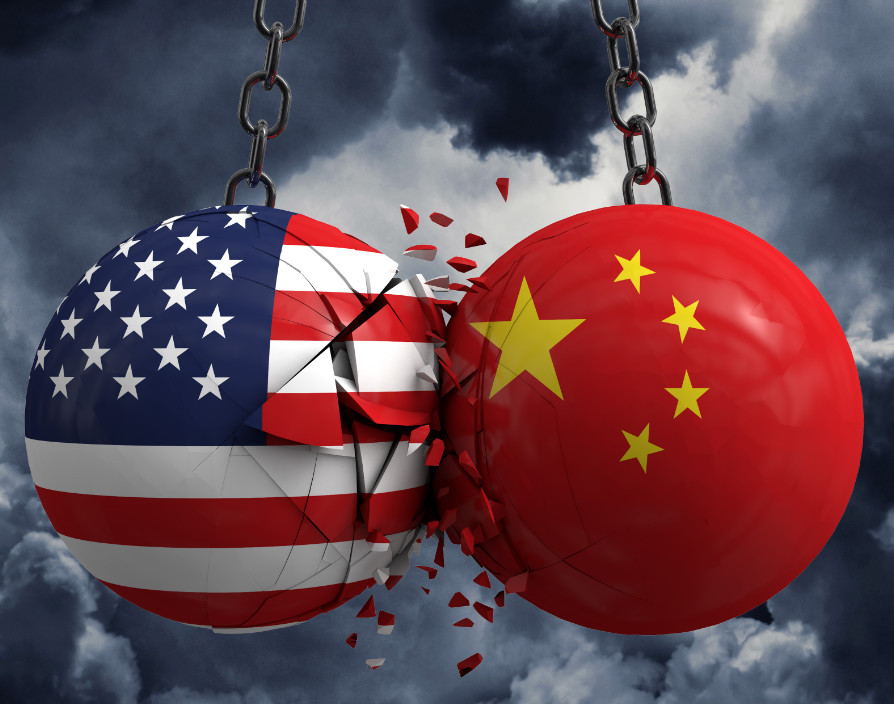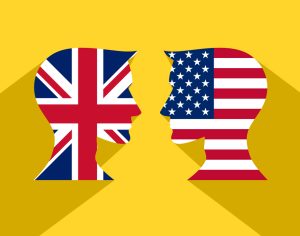Trade wars generally don’t end well. In fact, a tariff war exacerbated the impact of the US Great Depression in the 1930s and led to a decade of global economic stagnation. This one seems headed in the same direction, forcing US buyers of Chinese goods to make the no-win decision of either rerouting supply chains, finding new suppliers in other markets or passing along rising costs to consumers. American farmers have lost access to a key export market. Business confidence around the world is shaky.
One goal of the trade war is to stop intellectual property theft and unfair trading practices. These are valid concerns, which in the past could have been mitigated by diplomacy or a military war. Nowadays, with the normalization of cross-border trade, the US has chosen to wage an economic war.
But global trade isn’t the bad guy here. Global trade lifted China and other countries out of poverty and made America richer, allowing the middle class to purchase goods that were previously only available to the rich. These days, it is normal for a family to have three or more televisions. This is possible due to the low cost of overseas manufacturing. American businesses have capitalized on opportunities in the real economy, not driven by political interests, to choose from where they buy and to whom they sell goods. And many of them have chosen China.
I see the trade war as an excuse to cut down China’s rise as a global economic powerhouse. Putting aside the question of intellectual property theft, China is unquestionably beating the US at the innovation game, from nuclear power plants to high-speed trains and e-cars. They have gone to the moon and even built their own airplane, which is waiting for approval from IATA. Chinese tech companies like Ant Financial – which has a larger market capitalization than Goldman Sachs – are creating new forms of retail banking that could kill the traditional banking model.
China is outpacing the US at international development as well. The Belt and Road Initiative is another example of China acquiring assets around the world, with infrastructure development and investment in 152 countries to date.
Another stated aim of the trade war is to reduce the US trade deficit. Many economists and trade experts don’t view a balance of trade deficit as inherently bad for the US economy. In fact, for the past 30+ years US government deficits have been indirectly funded by current account deficits. The US needs this trade imbalance for investors from China, Japan and Europe to finance its spending. If the US really wants to counter China, it should use these investments to upgrade infrastructure and allow the government to invest in more R&D, which will be crucial for the US to remain competitive.
Let’s assume that China and the US come to terms soon – that tariffs return to reasonable levels and companies involved in global trade get back to business. If the US simply goes back to business as usual and doesn’t take steps to support real innovation and investment, all of this will have been a waste of time. The US is shooting itself in the foot, emphasizing rhetoric over reality and working toward the wrong end game.
Share via:








































